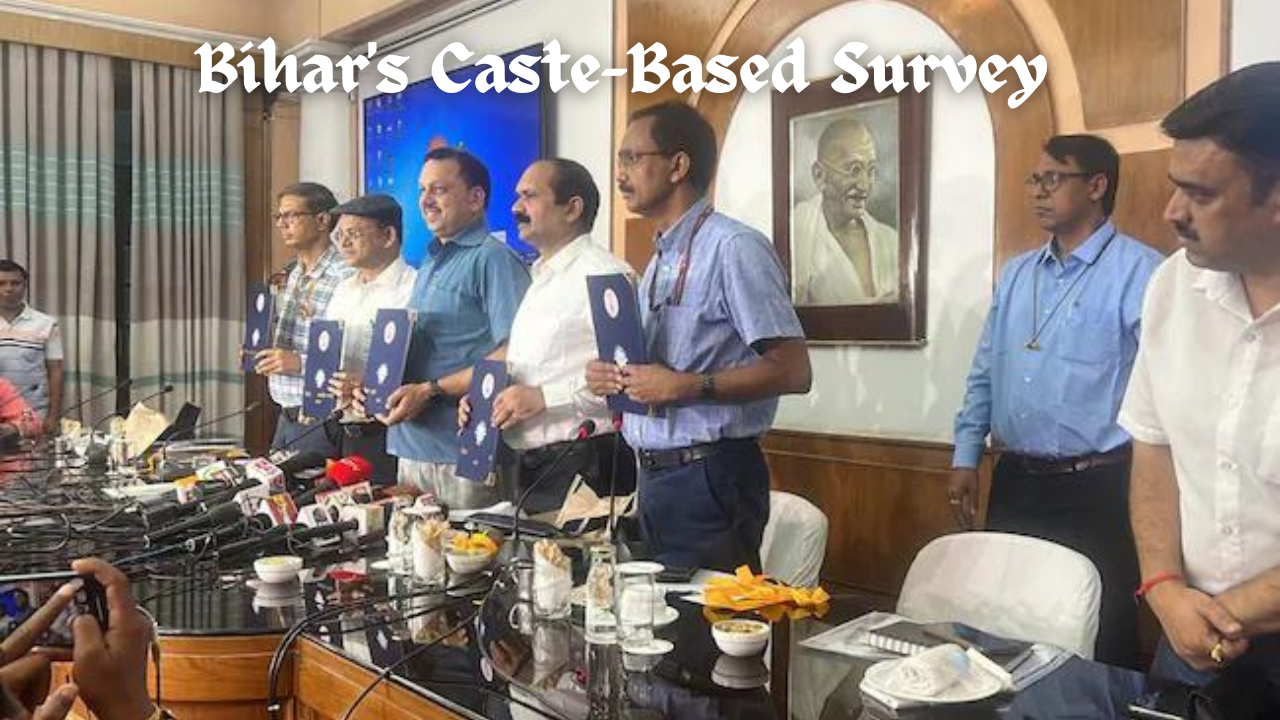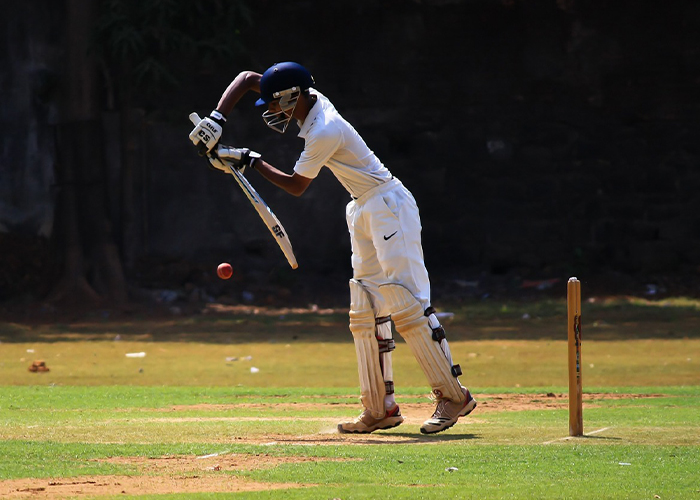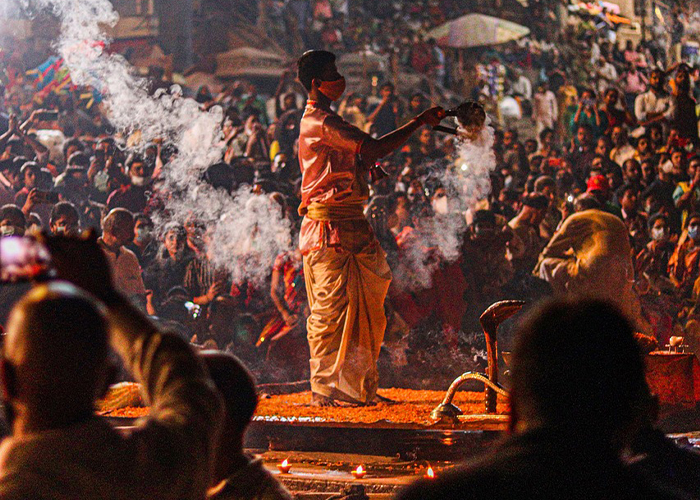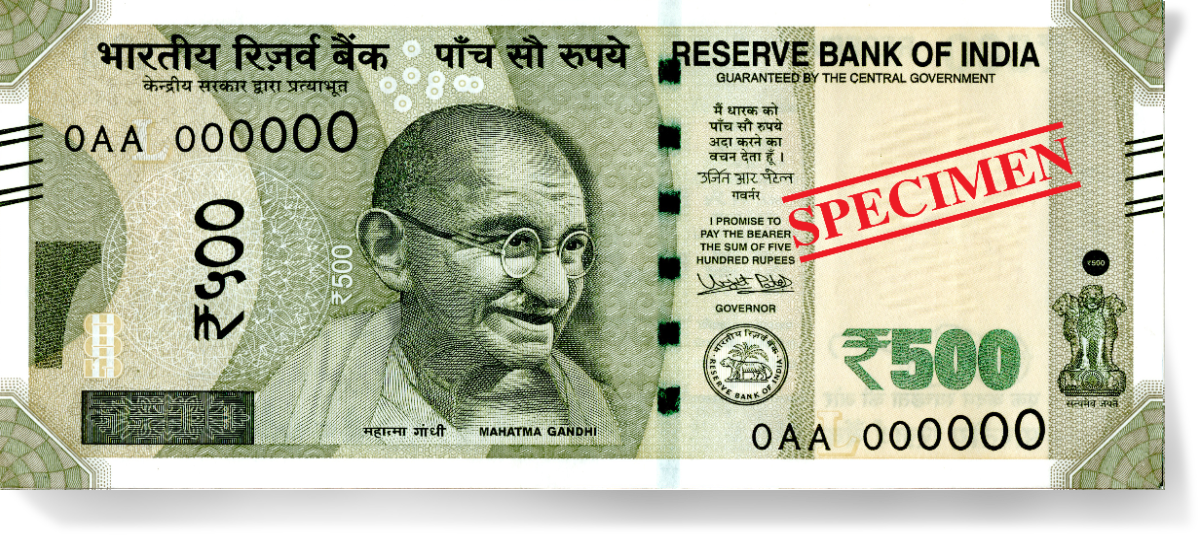Bihar's Caste-Based Survey: Insights into Demographics and Political Impact
Bihar has made history by becoming the first state in India to release data from a comprehensive caste-based survey. The findings shed light on the social composition of the state, with some significant implications for politics and policy.
Bihar's Caste-Based Survey
According to the report, the population of Bihar can be categorized as follows: 36% belong to Extremely Backward Classes, 27.1% to Backward Classes, 19.7% to Scheduled Castes, and 1.7% to Scheduled Tribes. The general population accounts for 15.5%. It's essential to note that Bihar's total population exceeds 13.1 crore.
One notable revelation from the survey is the prominence of the Yadav community, which constitutes 14.27% of all OBC categories. Deputy Chief Minister Tejashwi Yadav belongs to this influential group.
This data release is expected to spark political debates and calls for revising quotas for OBCs, which are currently capped at 27%. The survey shows that OBCs make up a substantial 63.1% of the state's population, underscoring their numerical strength and electoral influence in Bihar.
Chief Minister Nitish Kumar welcomed the data release, emphasizing its importance by posting about it on social media. He also announced plans for a meeting of nine parties in the Bihar Assembly to discuss a caste-based census in the state.
Tejashwi Yadav, leader of the Rashtriya Janata Dal (RJD) and Deputy Chief Minister, hailed the report as a "watershed" moment and expressed hope that government policies would align with this data.
Former Chief Minister Lalu Prasad Yadav, Tejashwi Yadav's father and the head of the RJD, also praised the release of the survey data.
However, the BJP, a rival political party, criticized the caste-based survey report. Union Minister Giriraj Singh called it "eyewash," while the party's state leadership expressed the need to study the survey's methodology before forming an official response.
The release of this data coincides with ongoing Supreme Court hearings concerning petitions challenging a Patna High Court decision that deemed the caste-based survey valid. The court had refused to issue an interim stay on the survey, pending a prima facie case by its critics.
The decision to conduct the caste survey was made by the Bihar government in June of the previous year. This release marks a significant milestone in understanding the social dynamics of Bihar and may have far-reaching implications for political and policy decisions in the state.
The release of Bihar's caste-based survey data marks a historic moment for the state and the country. With insights into the social composition of Bihar's population, including the prominence of Extremely Backward Classes and OBCs, this data has far-reaching implications.
The findings are likely to fuel political discussions and calls for revisiting OBC quotas, currently capped at 27%. The significant representation of OBCs, constituting 63.1% of Bihar's population, underscores their electoral influence and numerical strength.
Leaders from various political parties, including Chief Minister Nitish Kumar, Tejashwi Yadav, and Lalu Prasad Yadav, have weighed in on the report, each interpreting it from their perspective.
However, the BJP has criticized the survey, emphasizing the need to scrutinize its methodology before offering an official response.
The release of this data coincides with Supreme Court hearings on petitions challenging the survey's validity, adding a legal dimension to the ongoing debate.
Overall, Bihar's caste-based survey data has opened a new chapter in understanding the state's social dynamics, with potential implications for policy and politics in the future.
Frequently asked questions (FAQs) regarding Bihar's caste-based survey:
1. What is Bihar's caste-based survey?
Bihar's caste-based survey is a comprehensive data collection effort aimed at understanding the social composition of the state's population. It categorizes people into various caste groups to provide insights into their demographic distribution.
2. What are the key findings of the survey?
According to the survey, 36% of the population belongs to Extremely Backward Classes, 27.1% to Backward Classes, 19.7% to Scheduled Castes, and 1.7% to Scheduled Tribes. The general population constitutes 15.5% of Bihar's total population.
3. How will this data impact politics in Bihar?
The data is likely to influence political discussions, particularly regarding the demand to increase quotas for Other Backward Classes (OBCs). With OBCs constituting 63.1% of the state's population, their numerical strength and electoral influence are highlighted.
4. What is the reaction of political leaders to the survey's release?
Chief Minister Nitish Kumar welcomed the data release and indicated plans for discussions among political parties regarding caste-based census in Bihar. Tejashwi Yadav and Lalu Prasad Yadav also praised the survey's release.
5. What is the BJP's stance on the survey?
The BJP has criticized the caste-based survey, with some members calling it "eyewash." However, they have stated that an official response will be provided after a thorough examination of the survey's methodology.
6. Is there a legal aspect to the survey's release?
Yes, the release of this data coincides with ongoing Supreme Court hearings on petitions challenging a Patna High Court judgment that validated the caste-based headcount. The court has sought a prima facie case before considering an interim stay.
7. What led to the decision to conduct this survey?
The Bihar government decided to conduct the caste-based survey in June of the previous year. It was seen as a means to promote the development of various sections of society, including the deprived.
























